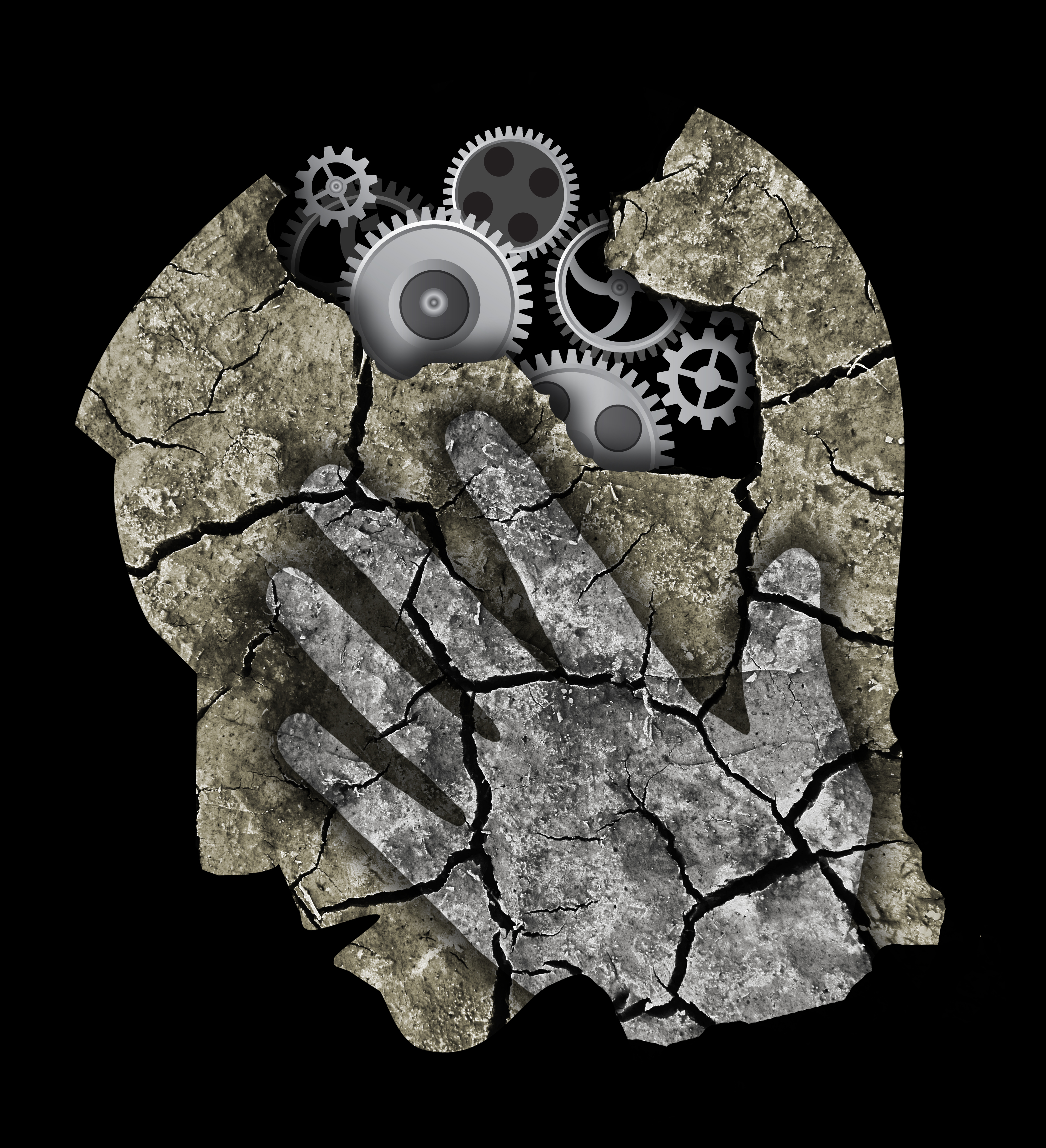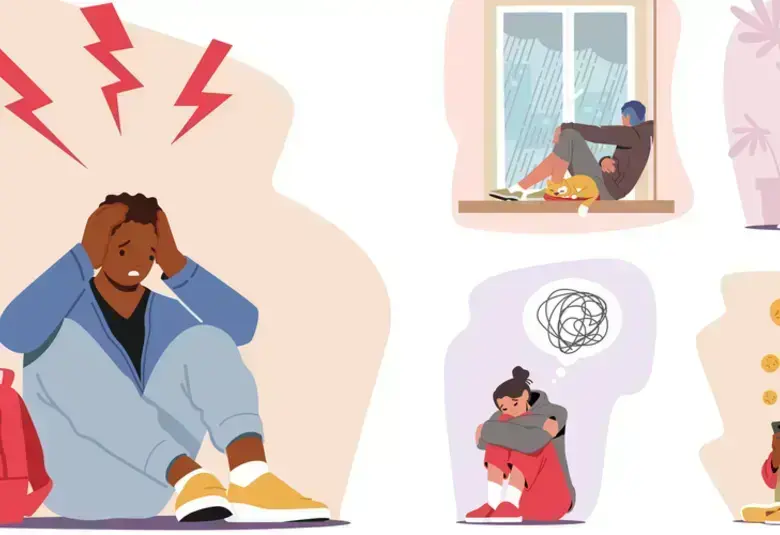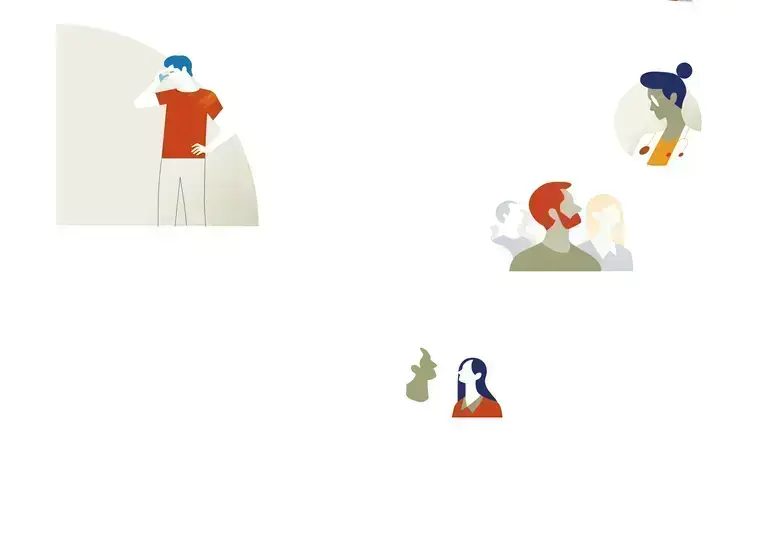In the past, “agitation” in the context of the dementias referred to a wide range of behaviors, with little consistency between studies. The recently-proposed consensus definition should advance our understanding of the phenomenon and our efforts to treat this highly distressing symptom of advanced disease.
Agitation in Alzheimers disease is explored in an in’depth feature published on the Lundbeck Institute Campus.
The distress of dementia sufferers is multiplied many times by the impact on families, who are often the main providers of care.
While cognitive symptoms predominate, neuropsychiatric symptoms (NPS) including agitation are highly prevalent. NPS are potentially disabling, seriously impair quality of life in both sufferers and their informal carers, and often precipitate the transfer of someone with AD from the community to an institution.
The distress of dementia sufferers is multiplied many times by the impact on family and carers
Agitation occurs in around 20% of AD patients living in the community and in 40-60% of those resident in care-homes, where, in addition to causing distress, it is a common cause of emergency room visits and acute hospitalization – and hence of overall treatment costs.
Agitation is common across all severities with an increasing prevalence as the disease progresses.
An emerging consensus
Despite the burden of distress, agitation has in the past received relatively little systematic attention. This is now changing, with the recognition that the field would benefit from a consensus definition of agitation in the context of cognitive disorders.
The International Psychogeriatric Association (IPA) formed a working group to develop such a definition with the aim of making it applicable to epidemiological, clinical and interventional studies, both pharmacological and non-pharmacological.
Almost a thousand people participated in the consensus-building process. When asked about the elements that should be included in a definition of agitation, the majority used the descriptors excessive, inappropriate, disruptive and repetitive.
Among specific behaviors mentioned were pacing, wandering, verbal aggression, unwarranted requests for help, hitting the self and others, pushing, throwing, screaming, restlessness, kicking, shouting and destroying property.
The Agitation Definition Working Group favored defining agitation as a distinct clinical syndrome
The provisional conclusion of the Working Group was that agitation in this context should be broadly defined as occurring in patients
- with a cognitive impairment or dementia syndrome
- exhibiting behavior consistent with emotional distress that has been persistent or frequently occurring for a minimum of two weeks and that represents a change from the patient’s previous behavior
- showing one of the following: excessive motor activity, verbal or physical aggression, and
- evidencing behaviors that impair social functioning or activities of daily living that cannot be accounted for by cognitive impairment alone and that are not solely attributable to another disorder (psychiatric, medical, or substance-related) or suboptimal care.
Adoption of the definition should facilitate comparisons between studies and lead to progress in both non-pharmacological and pharmacological interventions. In the case of the latter, a consensus definition may also assist in the submission of trial data to regulatory authorities.
Frontal lobe dysfunction an important part of the underlying biology
Insights needed in neurobiology
The neuropathology of AD-associated agitation is likely to relate to structural and neurochemical abnormalities in specific cortical regions. Clinical and imaging studies suggest that frontal lobe dysfunction may be important.
Greater understanding achieved by neuroimaging and neuropathology studies may identify specific phenotypes of agitated behavior and point to towards targeted treatments that can be deployed under the guidance of biomarkers. Such markers may also be helpful in plotting the course of neuropsychiatric aspects of the disease and in monitoring therapy.
Follow this link for a more detailed feature on agitation in the context of dementia.




